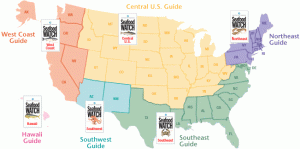Ahh, you see the polar ice sheets and glaciers are melting, but the water still needs to go somewhere – the ocean. The water then rises transforming geography, manipulates the balance of salt in estuaries and creates higher flooding intensity.
Basically, rising sea levels affects coastal areas the most drastically. But, don’t dismay! The EPA, in cooperation with NOAA and a few other exciting agencies recently released a report – Coastal Sensitivity to Sea-Level Rise: A Focus on the Mid-Atlantic Region – in which many many recommendations are made to coastal towns to plan and adapt for rising sea levels.
Do you have another great question? Check out www.beachchairscientist.com and let us know what you always ponder while digging your toes in the sand!











What people are saying …